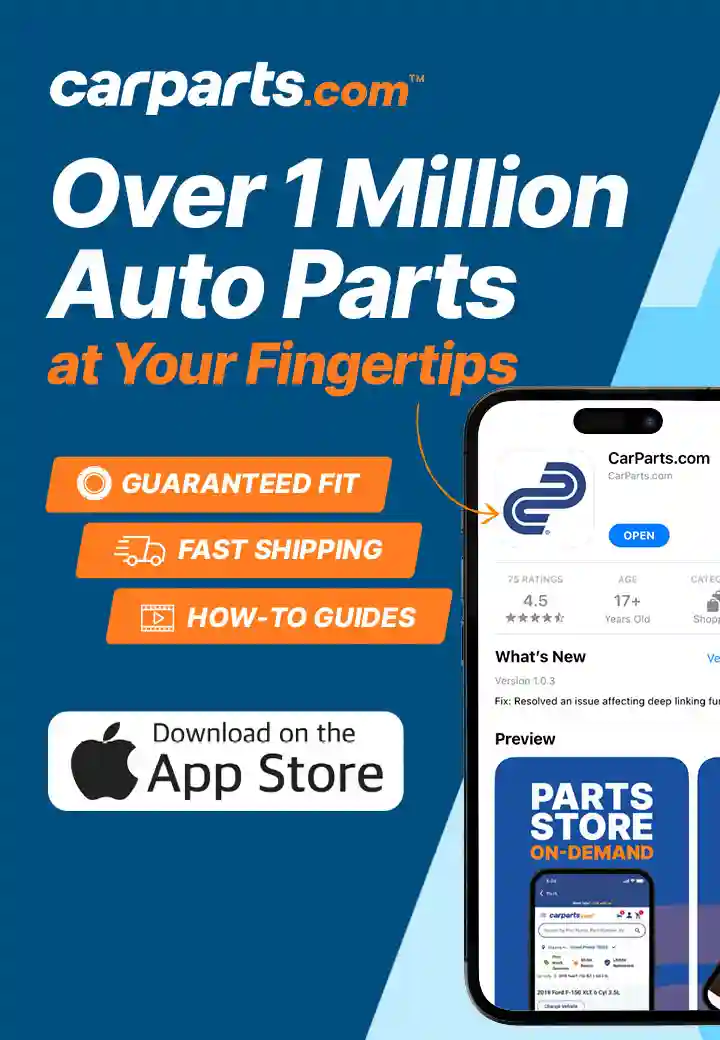Nothing’s better than listening to your favorite song while cruising down the road. But if you have the tunes cranked full blast, as I often do, you may not hear the droning hum of a faulty wheel hub assembly. And that could be dangerous.
Take, for example, my recent encounter with a well-worn Nissan Altima. The owner brought the car in for an unrelated check engine light. But when the vehicle was test-driven, the growl of a faulty wheel hub assembly was apparent. Clearly, the noise went unheard by the customer, though the nagging glow of the check engine light did not.
Back at the shop, the technician set forth checking the wheel hub assemblies one at a time. He quickly found the culprit at the left rear. The wheel bearing portion of the assembly was finished and the hub was barely hanging on. Had the vehicle been driven much further, the wheel and tire could potentially have fallen off.
Signs of a Bad Wheel Hub

The wheel hub, which is usually integrated with a wheel bearing into a single assembly, can cause several problems. Over the years, I’ve found some of the most common symptoms to be:
Growling/humming noise
The most common sign of a faulty wheel hub assembly is a rotational growling or humming noise while driving. Damage to the bearing portion of the component causes the unnerving racket.
Vibration while driving
In some instances, an extremely worn wheel hub assembly can cause lateral movement in the corresponding wheel and tire, resulting in vibration while driving.
Pulsation when braking
Your car’s brake rotors or drums mount to (or are integrated with) the wheel hub. Because of this, a warped, distorted, or loose wheel hub assembly can cause a pulsation when braking.
Abnormal tire wear
A faulty wheel hub assembly can pull the corresponding wheel out of alignment, leading to abnormal tire wear.
Illuminated warning lights
On some vehicles, the antilock braking system (ABS) wheel speed sensor and reluctor disc are integrated into the wheel hub assembly. As such, a problem with the hub assembly can trigger the ABS warning light and, possibly, the traction control warning light as well.
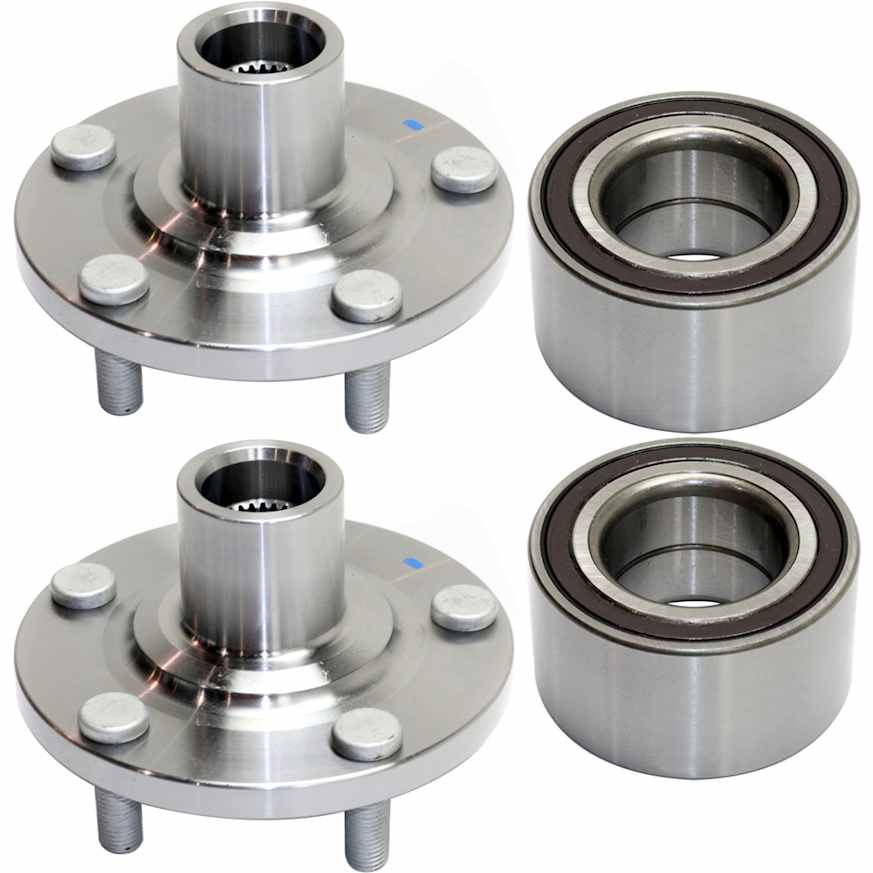
What Does a Wheel Hub Do?
Most vehicles have four individual wheel hubs, each of which acts as a mounting point for one of the wheel/tire assemblies.
The hub itself is a flange with protruding mounting fasteners, called lug studs, that the wheel mounts to. When the car is traveling down the road, the wheel hub rotates on the wheel bearing, allowing the wheel and tire to turn.
Many modern cars combine the wheel hub and wheel bearing into a single, integral wheel hub assembly. The unit is often referred to simply as a wheel hub or wheel bearing. Typically, it’s the bearing portion of the unit that causes abnormal noise and other concerns.
On some vehicles, however, the hub is separate from the bearing. The hub slides into the rotating bearing, which is pressed into the steering knuckle, allowing the wheel and tire to turn. In this type of layout, the hub itself usually only causes issues if it is bent, warped or has broken lug studs.

Here are some additional hub-related tidbits:
- In some applications, (typically pickup trucks) the hub may be integrated with the brake rotor or brake drum. Together, the brake rotor and hub assembly rotate on a set of wheel bearings that slide over a spindle.
- Four-wheel drive vehicles may have front locking hubs. The design locks the hub (either automatically or manually) to the axle shaft, so that rotational force can be routed from the front differential to the front wheels.
- Not every vehicle has wheel hubs at all four corners. For instance, some rear-wheel drive and four-wheel drive applications use an axle shaft with a flanged end instead. The wheel and tire assembly mount to lug studs on the flange.
What to Do If You Think You Have a Faulty Wheel Hub
Turn down the stereo for a minute and listen to your car as it drives down the road. Do you hear the growling of a faulty wheel hub assembly?
If so, you’ll want to address the issue immediately by replacing the faulty wheel hub. When this part fails, it’s a safety concern. Should the assembly fail, it can cause the wheel and tire to lock up or come off, resulting in a complete loss of control.
Of course, there are issues – such as cupped tires, worn differential bearings, etc. – that can mimic a faulty wheel hub. You’ll want to perform a thorough diagnosis to ensure the hub is faulty. Or, if turning wrenches isn’t your thing, you can have a professional perform both the diagnosis and repair for you.
Where To Buy a New Wheel Hub
A faulty wheel hub can be a safety hazard, so you should replace yours as soon as possible. Don’t worry. With a wide selection of aftermarket brands, CarParts.com can get you the wheel hub you need in a snap.
We also offer durable wheel hubs at competitive prices. If you find a competitor advertising the same product at a lower price with shipping and handling, let us know. Once the competitor price is verified, we’ll work with you to match or beat the price.
Our competitive pricing comes with the other perks like a lengthy 60-day return policy and fast shipping. What are you waiting for? Order your replacement wheel hub from us today!
Products Mentioned in this Guide
Any information provided on this Website is for informational purposes only and is not intended to replace consultation with a professional mechanic. The accuracy and timeliness of the information may change from the time of publication.


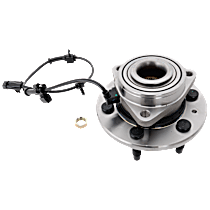 Wheel Hub
Wheel Hub
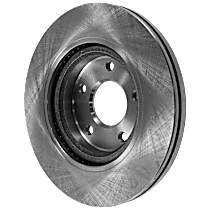 Brake Disc
Brake Disc
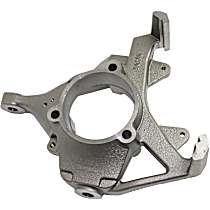 Steering Knuckle
Steering Knuckle








